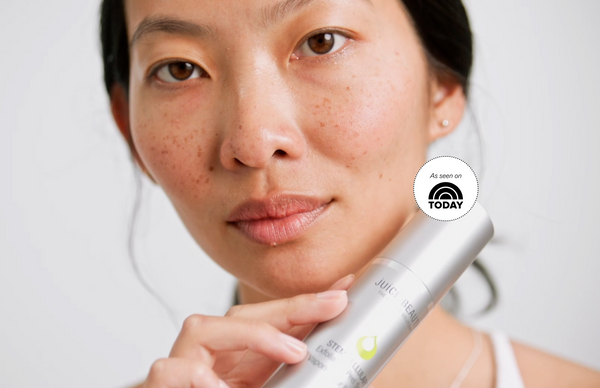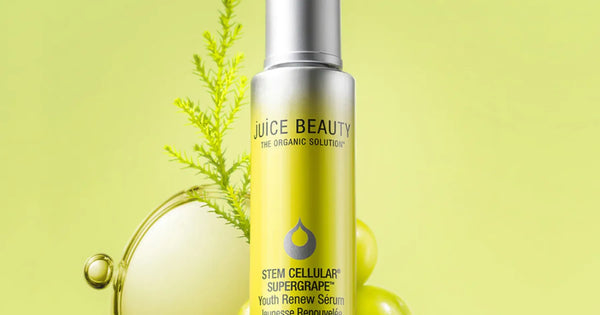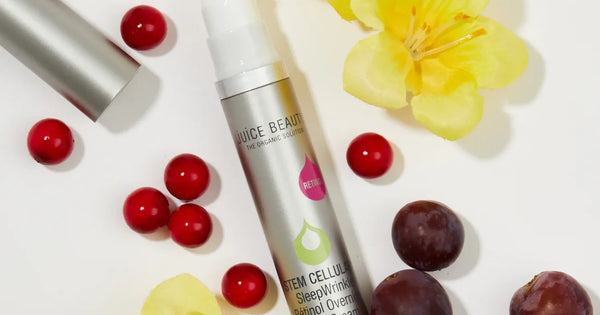When it comes to natural skincare, the order in which you apply products can make a big difference in their effectiveness.
One common question many people have is whether to apply sunscreen before or after moisturizer. In this article, we’ll explore the best practices for layering these two essential skincare products to maximize their benefits and protect your skin.
Why Do You Need Both Sunscreen and Moisturizer?
Let’s kick things off by discussing why both sunscreen and moisturizer are essential in your skincare arsenal.
Sunscreen and moisturizer serve different but complementary purposes in your skincare routine:
- Moisturizer: This product is all about hydration. It locks in moisture, improves texture, and supports the skin barrier. A good moisturizer can make your skin feel soft and supple all day.
- Sunscreen: Protects skin from harmful UV rays that cause premature aging, sun damage, and even skin cancer. It’s like a shield for your skin, and wearing it every day is crucial for long-term skin health.
Using both products together provides optimal protection and nourishment for your skin. By layering them correctly, you can achieve that radiant, healthy glow while keeping your skin safe from the sun’s damaging effects.
Is Sunscreen Really Necessary?
You might be wondering if sunscreen is really all that important, especially if you’ve got a moisturizer or makeup product that contains some SPF.
Some studies have shown that sunscreen is the best way to truly get the protection you need:
- Prevents Sunburn: We’ve all experienced that painful sunburn at least once. Sunscreen helps prevent this dreaded discomfort.
- Reduces Cancer Risk: Regular use of sunscreen can significantly lower your risk of skin cancer. It’s a small step that can make a big difference.
- Fights Premature Aging: Want to keep those fine lines and wrinkles at bay? Sunscreen is the answer. It helps prevent photoaging, which is caused by sun exposure.
- Maintains Even Skin Tone: Sunscreen can help prevent dark spots and discoloration, keeping your complexion looking fresh and even.
Dermatologists recommend wearing sunscreen daily, regardless of the weather — and yes, you should wear your sunscreen even on cloudy days. UV rays can penetrate through clouds and windows, so it’s essential to make sunscreen a non-negotiable part of your regimen.
What Are the Main Types of Sunscreen?
Now that you know sunscreen is a must, let’s talk about the different types available. Understanding these options will help you choose the right one for your skin.
Physical (Mineral) Sunscreen
Mineral sunscreen contains zinc oxide and/or titanium dioxide as the active ingredient. This type of sunscreen sits on top of the skin and physically blocks and reflects UV rays.
Mineral formulas tend to be ideal for sensitive skin types, and they start working immediately upon application.
If you’re looking for a fantastic physical sunscreen, check out Juice Beauty’s SPF 30 Sport Sunscreen. It’s formulated with organic ingredients and provides broad-spectrum protection.
Chemical Sunscreen
On the other hand, chemical sunscreen contains active ingredients like avobenzone and oxybenzone. These formulas absorb into your skin, and then work to absorb UV rays before they can cause damage.
Chemical sunscreen often feels lighter on the skin, making it a popular choice for those with oily skin. Chemical formulas generally take about 20 minutes to actually begin working, so apply well before you have to go out into the sun.
It’s important to note that the word “chemical” does not always correlate with “bad.” There are a great number of products on the market that use gentle, safe formulations.
Combination Sunscreens
Some sunscreens combine physical and chemical filters for a broad spectrum of protection. Depending on your skin type and preferences, these can offer the best of both worlds.
Should I Apply Sunscreen Before or After My Moisturizer?
Let’s get right down to the heart of the matter. The layering of your products does matter, and can influence how well each product works.
Let’s break it down:
Sunscreen Before Moisturizer
Applying sunscreen before moisturizer may be better for chemical sunscreens. Applying chemical sunscreen first allows it to absorb properly into the skin, ensuring maximum protection.
Moisturizer Before Sunscreen
Applying your moisturizer before your sunscreen may be ideal for mineral sunscreen formulas. Applying moisturizer first creates a hydrating base, potentially making it easier for the sunscreen to spread evenly. Plus, using your products in this order ensures that your SPF is acting as a shield as the last product applied.
Ultimately, the best approach depends on your skin type and the products you’re using. Just remember, the key is to use enough sunscreen and reapply it throughout the day.
Juice Beauty’s Stem Cellular Anti-Wrinkle Moisturizer is a fantastic option that provides intense hydration while also promoting skin health. In a six-week study, 100% of users showed instrument-measured increases in hydration, and 88% reported a reduction in fine lines and wrinkles.
What Are Some Tips for Layering Sunscreen and Moisturizer?
To help you get the most out of your skincare routine, here are some handy tips for layering sunscreen and moisturizer:
- Cleanse first. Always start with a clean face. This ensures that your products can penetrate the skin effectively.
- Apply serums or treatments. If you use a serum, apply before your moisturizer. This allows the active ingredients to work their magic. Our Stem Cellular Supergrape Youth Renew Serum with Hyaluronic Acid is one of our best selling serums. In clinical trials, 100% of participants reported a more youthful skin appearance, 100% reported their skin improved daily, and 96% reported their skin's bounce improved.
- Wait for absorption. Give each product a couple of minutes to fully absorb before applying the next one. This helps prevent pilling and ensures each layer works effectively.
- Use enough sunscreen. Aim for about ¼ teaspoon for your face. Don’t skimp.
- Pat, don’t rub. Gently pat products onto your face rather than rubbing them in. This can help you avoid irritation.
- Reapply regularly. It’s best to reapply sunscreen every two hours, especially if you’re spending time outdoors.
If you wear makeup, apply it after your sunscreen. We love our Stem Cellular CC Cream, which offers added SPF protection.
What Are Some SPF Tips and Tricks?
To make the most of your sun protection, keep these SPF tips in mind:
- Choose Broad Spectrum: Always opt for a sunscreen labeled “broad spectrum” to protect against both UVA and UVB rays.
- SPF 30 or Higher: Look for an SPF rating of 30 or higher for daily use.
- Apply 15-30 minutes before sun exposure: Give your sunscreen time to absorb and start working, especially if you are using a chemical or combination sunscreen.
- Use enough product: Don’t skimp. Use at least ¼ teaspoon for the face, or the amount of roughly a shot glass for your entire body.
- Reapply after swimming or sweating: If you’re active, make sure to reapply your sunscreen every two hours.
- Don’t forget often-missed spots: Areas like your ears, back of the neck, and the tops of your feet often get overlooked. Be sure to reapply your sunscreen every two hours.
The Wrap-Up
Whether you choose to apply sunscreen before or after your moisturizer, the most important thing is that you’re using both products consistently. Sunscreen is a non-negotiable step in any skincare routine, and it plays a crucial role in protecting your skin from harmful UV rays.
By choosing high-quality, organic products, you’re not only nourishing your skin, but also making a positive impact on your overall health. What goes onto your skin is just as important as what goes into your body. Junk out, juice in.
Sources:






